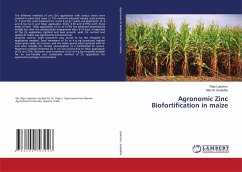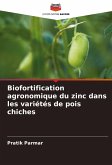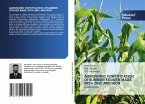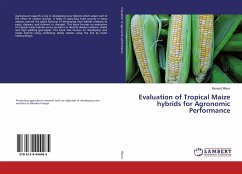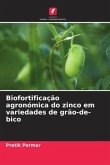The different methods of zinc (Zn) application with various doses were studied in maize (Zea mays L.). The methods adopted namely, seed priming (1, 2 and 3%), seed treatment (2, 4 and 6 g kg-1 seed), soil application (4, 6 and 8 kg ha-1) and foliar application (0.25, 0.50 and 0.75%) with three levels of each. Foliar application of Zn at 0.75% has exhibited phytotoxicity initially but later the phytotoxicity disappeared after 8-10 days. Irrespective of the Zn application method and level growth, yield, Zn content and quality of maize was significantly enhanced overabsolute control. Seed treatment was found to be the cheapest Zn application method. Seed treatment of Zn at 4 g kg-1produced highest maize grain yield, net returns, and the maize grains were enriched with Zn and were suitable for human consumption as a biofortified Zn source. Maximum residual elemental Zn in soil was found due to foliar application of Zn at 0.75%. However, seed treatment of Zn at 4 g kg-1resulted suitable for an eco-friendly and sustainable method of Zn application for agronomic packages and practices.
Hinweis: Dieser Artikel kann nur an eine deutsche Lieferadresse ausgeliefert werden.
Hinweis: Dieser Artikel kann nur an eine deutsche Lieferadresse ausgeliefert werden.

